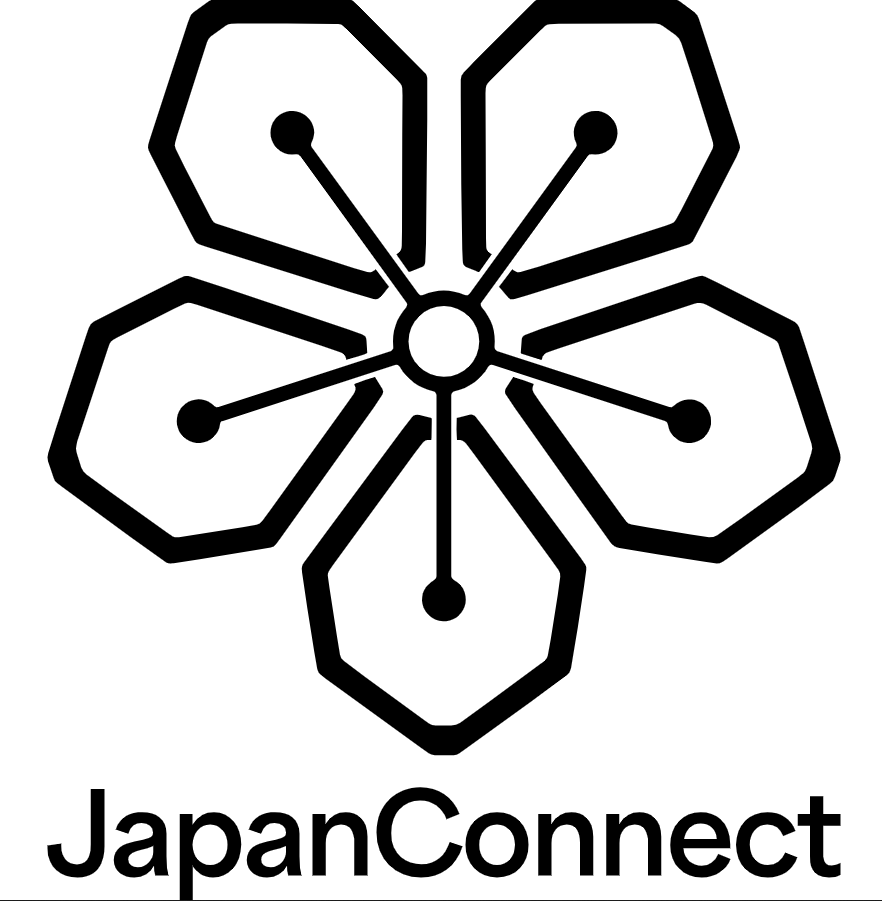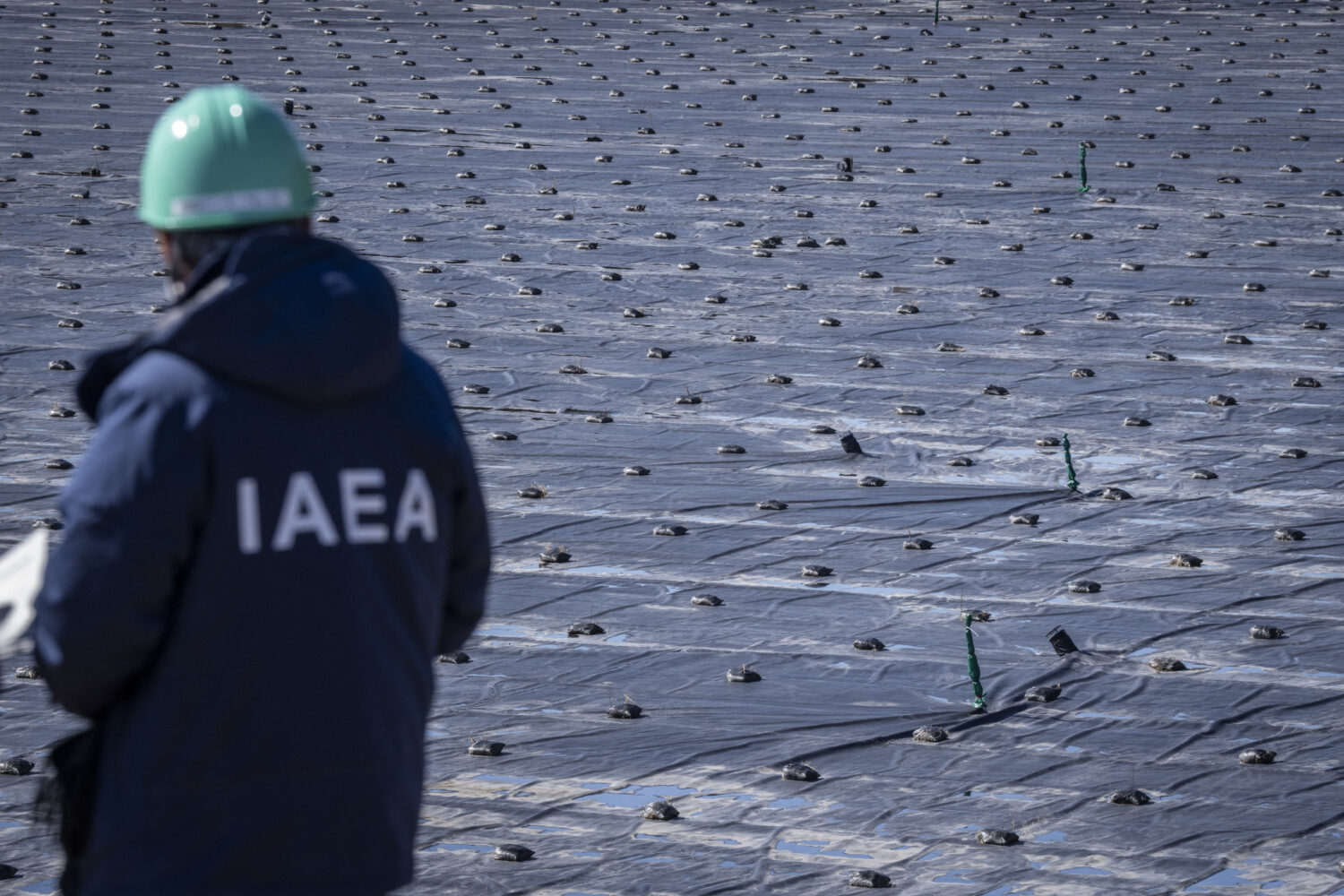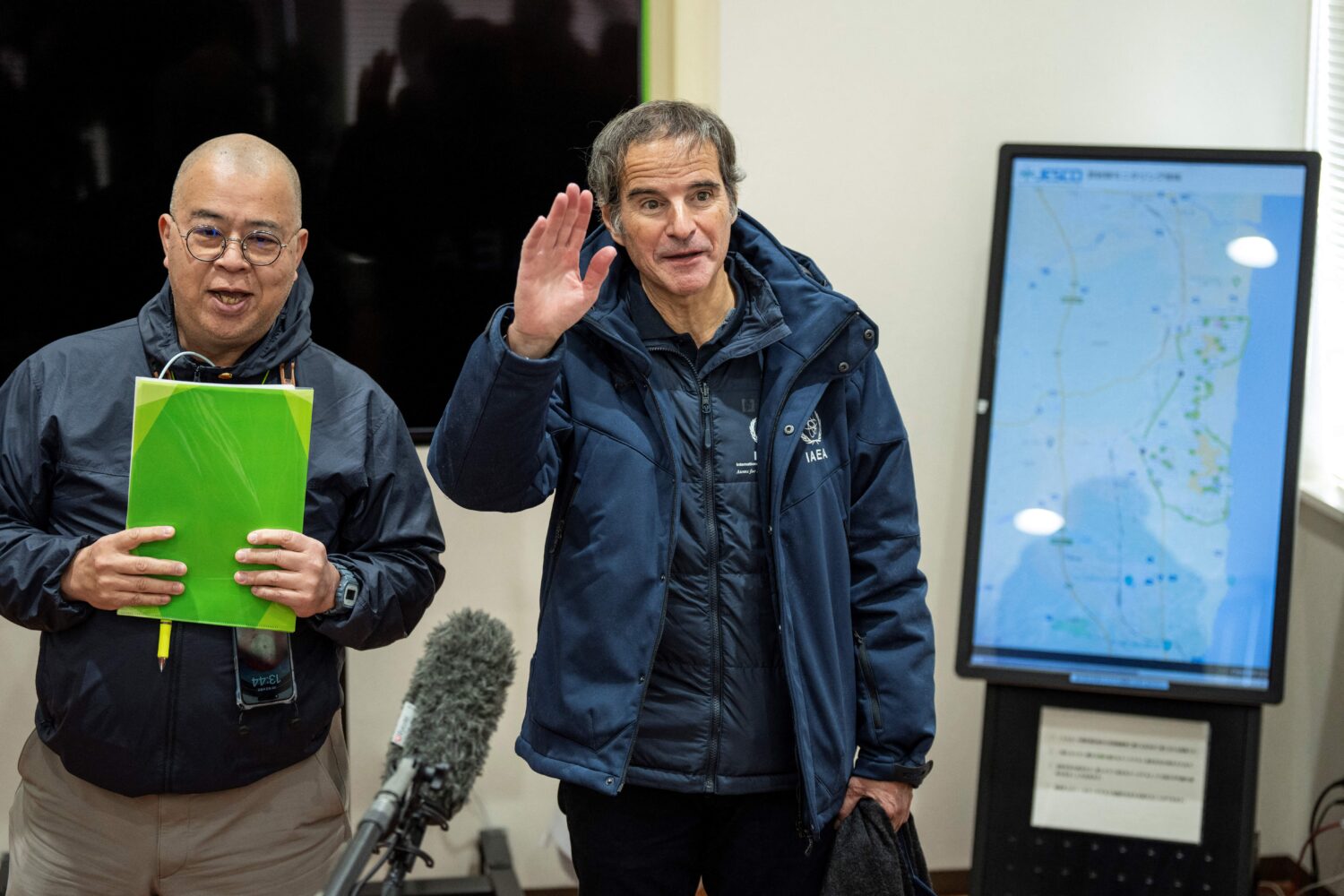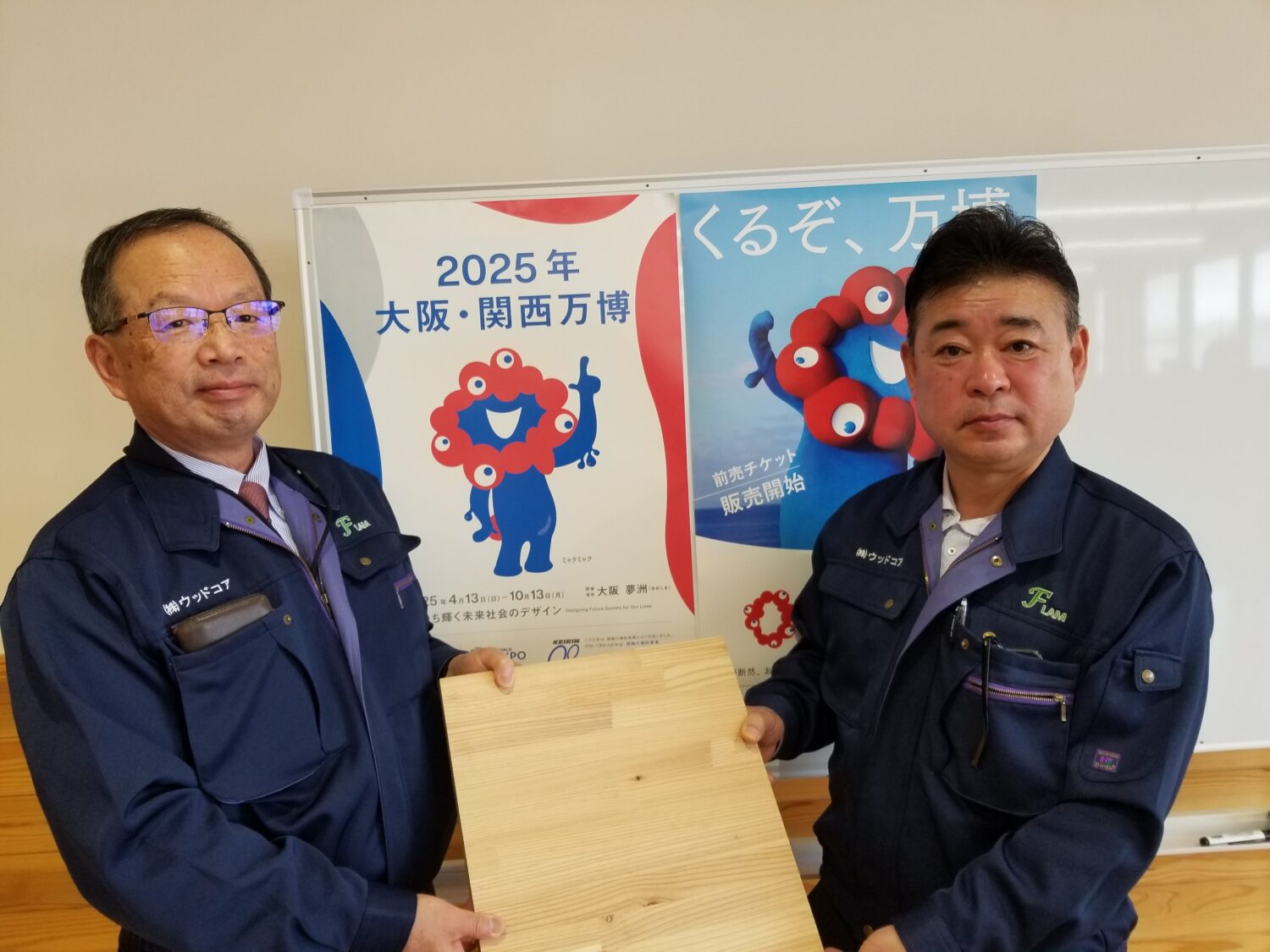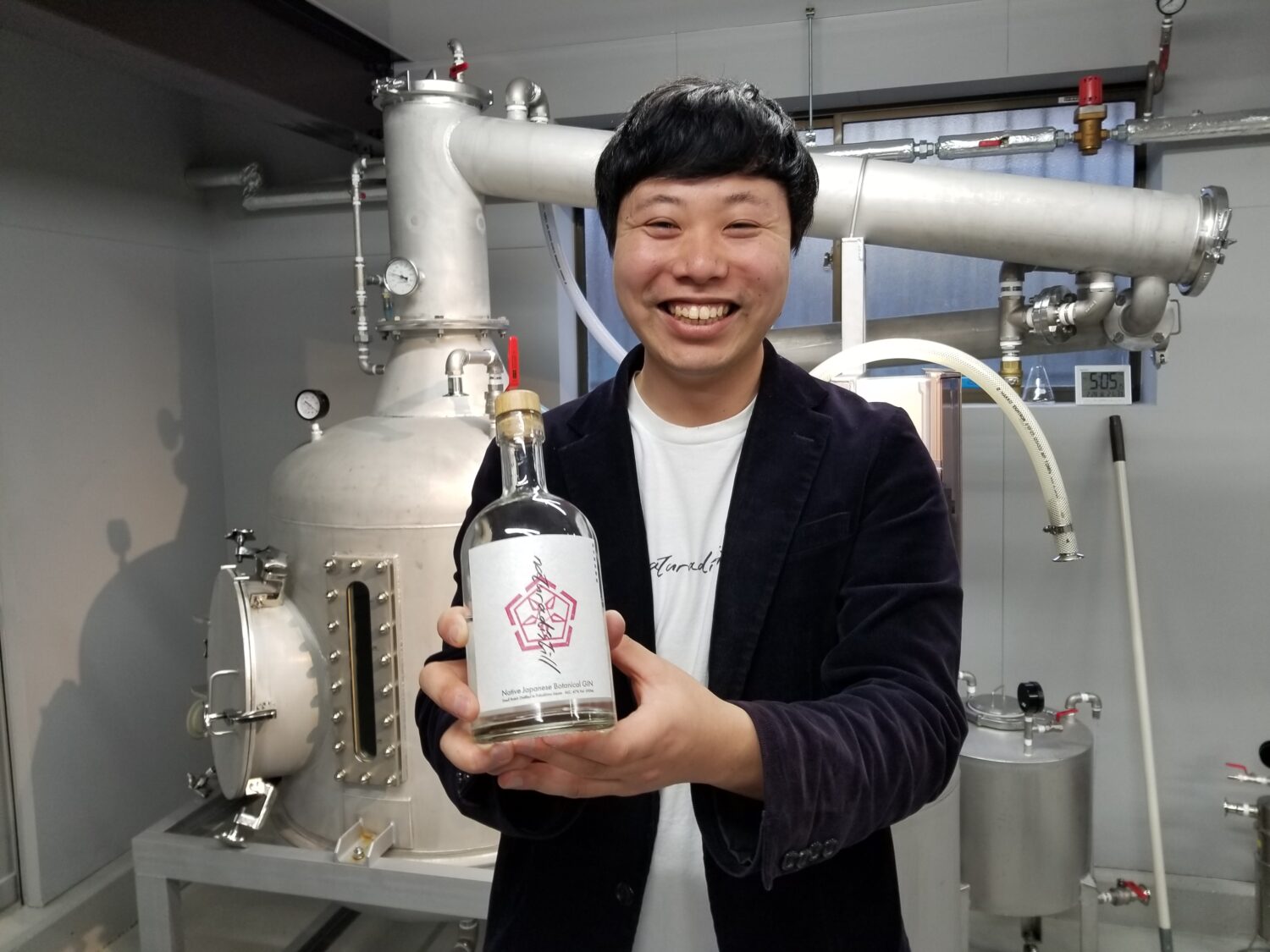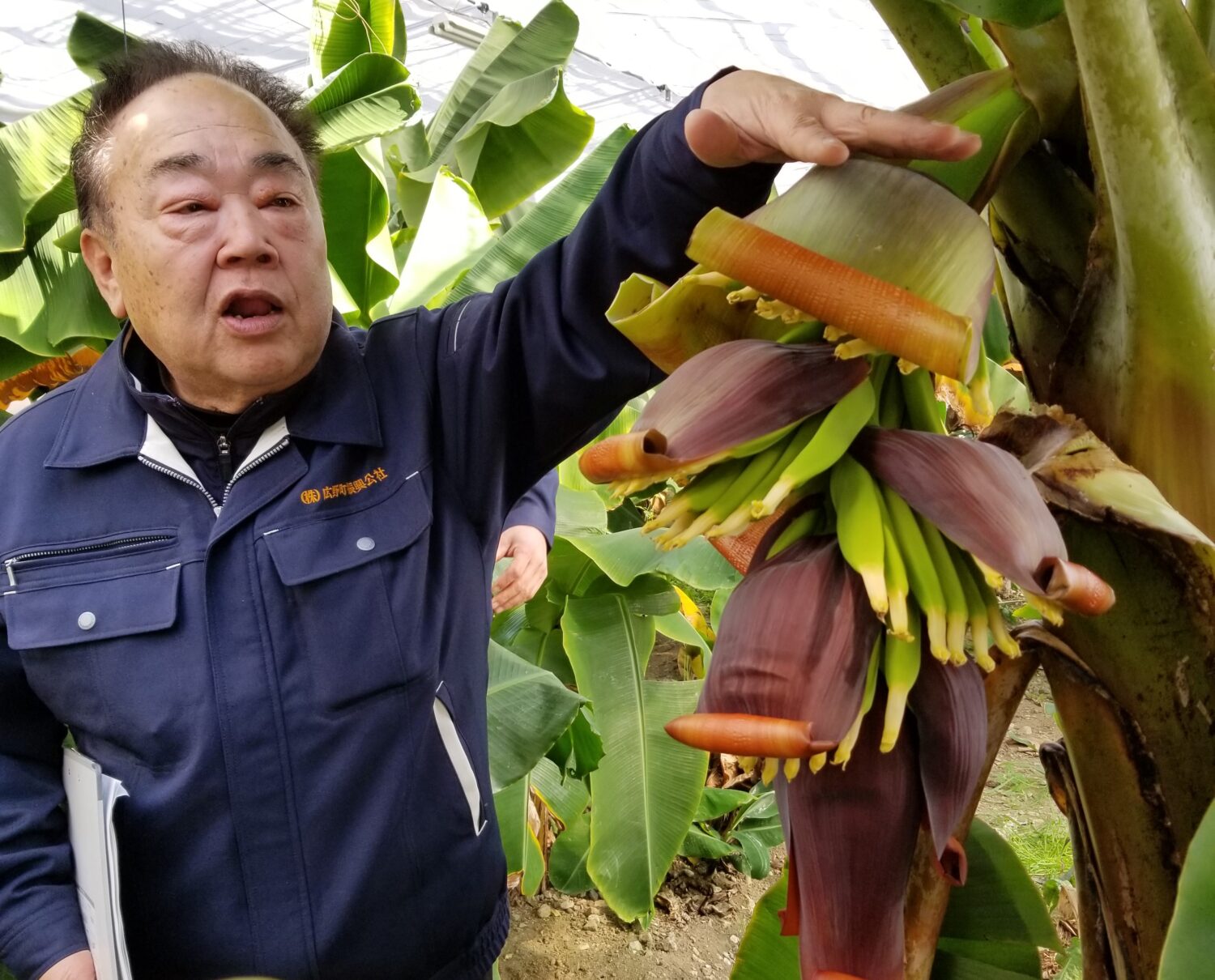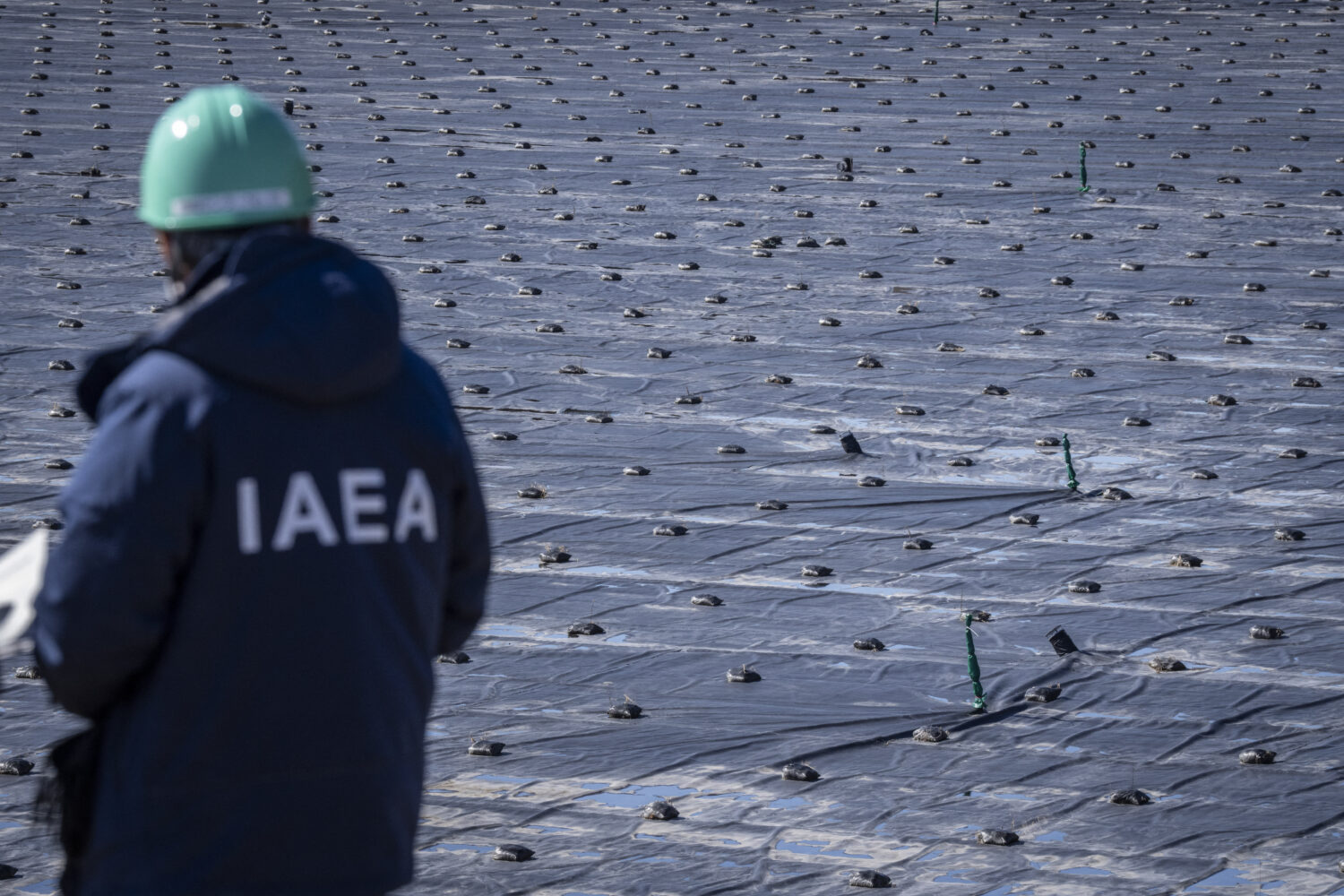On March 11, 2011, a massive earthquake and tsunami hit TEPCO’s Fukushima Daiichi Nuclear Power Station (NPS), releasing radioactive materials into the surrounding environment inside and outside of Fukushima Prefecture. After the accident, decontamination efforts began to remove the surface of soil in the region so that local residents could return home safely.
Since 2015, the removed soil has been temporarily stored in large areas adjacent to the Fukushima Daiichi NPS, with the cooperation of the towns of Okuma and Futaba, which agreed to allow the construction of the Interim Storage Facility (ISF). The government asked landowners to make a “very difficult” decision to permit their land for the project so that decontamination work could progress rapidly. As of the end of January 2025, the amount of soil brought into the ISF had reached about 14 million cubic meters, according to the Ministry of the Environment.
A ministerial council has been established to promote measures aimed at reducing the volume of removed soil for final disposal through managed recycling and other initiatives, as well as fostering understanding for the implementation of managed recycling, with the aim of achieving the final disposal of removed soil and waste outside Fukushima Prefecture. The government is set to unveil its basic policy around this spring and its roadmap around this summer for the managed recycling and final disposal of removed soil.
“We are facing a turning point this year in terms of how to go ahead with the managed recycling and final disposal,” said Yamamoto Yasuo, Director of the Ministry’s Office of Facilities for Contaminated Waste and Soil.
“This is an issue to be addressed by Japan as a whole,” Yamamoto said. “We are now working toward setting ministerial ordinances and guidelines by the end of the 2024 fiscal year,” the official said.
“Reconstruction of Fukushima will not be complete without the final disposal of decontaminated soil,” he added.
Inside the ISF, a large amount of removed soil is stored up to a height of 15meters at eight Soil Storage Facilities. On top of the removed soil, 60 centimeters of uncontaminated soil are laid to shield the radiation.
The 1,600-hectare facility, which once contained farmland, cemeteries, and houses, was home to around 2,700 people before the disaster. Some of these residents still make pilgrimages to a Shinto shrine that remains intact inside the facility.
Legislation requires that the removed soil be disposed of outside Fukushima Prefecture by 2045, as part of national efforts to reduce the “heavy burden” on the local people and achieve full recovery from the disaster.
“Now that we have only 20 years left, it is time to strengthen our efforts to ensure final disposal.,” Yamamoto said.
Togasaki Ko, senior assistant for the Ministry’s Policy Planning, Environmental Regeneration and Materials Cycles Bureau, said: “Some landowners of the facility have entrusted authorities with the effective use of their land, while others remain hopeful for returning home. We are doing our best to meet their expectations.”
The government plans to recycle as much of the removed soil as possible through appropriate construction, operation, and maintenance, using it for purposes such as embankments, fill, and landfills nationwide. Since 2017, a demonstration project using removed soil for agricultural embankments has been implemented in Nagadoro District of Iitate Village in Fukushima Prefecture. In addition, a demonstration project for a road embankment was constructed on the premises of the ISF in 2022.
According to the Ministry, soil that can be used for managed recycling should have a radioactive concentration of less than 8,000 becquerels per kilogram—based on the 1 millisievert per year standard, which is consistent with the international system for radiation protection.
About three-fourths of the removed soil that has been decontaminated so far has a radioactive concentration of 8,000 becquerels per kilogram or less. The government will separately consider how to dispose of the remaining soil with relatively high levels of radiation.
Discussions on how to select a final disposal site outside Fukushima Prefecture will start from the 2025 fiscal year onward.
“Efforts must be made throughout the country to deepen understanding of the science-based safety of the final disposal program,” Yamamoto said.
A 67-year-old local resident said nationwide discussions are necessary before settling this “sensitive” issue, adding: “It is important for all Japan, including the people in Fukushima, to take joint responsibility for the sake of future generations.”
A 53-year-old school official in Okuma also said: “The issue may not be settled in our generation. All we can do is share accurate information with our students. Our job is to help them make the right decision for themselves in the future.”
In fiscal year 2023, the International Atomic Energy Agency (IAEA) and international experts visited the ISF and observed demonstration projects on agricultural embankments.
In its final report compiled last September, the IAEA concluded that “the removed soil in the ISF is properly stored in the Soil Storage Facilities after its treatment.”
The IAEA also assessed that the demonstration project for the managed recycling of removed soil in Fukushima Prefecture “has been safely implemented.”
“The approach and activities implemented by the Ministry of Environment, Japan to date for the managed recycling and the final disposal are consistent with the IAEA Safety Standards,” the IAEA said.
“Through ongoing collaboration, transparency, and adherence to the IAEA Safety Standards, Japan continues to make significant strides toward the long-term management of removed soil and waste,” it added.
In February, IAEA Director General Rafael Mariano Grossi also visited the ISF and exchanged views with Environment Minister Asao Keiichiro over the issue.
“Japan’s decommissioning & remediation efforts, including on soil management, are progressing comprehensively,” Grossi posted on X, adding that the IAEA would continue supporting Japan’s commitment to the project.
As part of efforts to foster nationwide understanding of the issue, the new “Interim Storage Facility Information Center” opened on March 15 next to the JR Ono Station in Okuma.
Visitors to the center can experience the ISF visually on a large screen in its virtual theater, while videos and panels showcase the thoughts of residents who provided the site.
“We want people in Japan and around the world to know that the evacuation orders are being lifted and local people are returning to their homes as a result of the progress in decontamination,” Yamamoto said.
According to Fukushima Prefecture, the number of evacuees has plunged from a peak of 160,000 after the disaster to approximately 25,600 as of November last year. The so-called evacuation designated zone has also been reduced to about 310 square kilometers, or 2.2 percent of the prefecture’s total area.
The government plans to lift all evacuation orders in the future, “even if it takes a long time.”
While authorities are trying to speed up recovery efforts, local residents and newcomers are helping to revitalize lives and businesses in Fukushima.
In 2018, local lumber dealers jointly established the wood processing firm Woodcore in Namie, one of the towns most affected by the disaster. The company built a new factory to process laminated timber and wood sourced from Fukushima and other prefectures in Japan, employing around 50 local people.
“We have two main missions: to revive forests and create jobs,” said Woodcore President Kageyama Toshikazu. “Although we are just one company, we want to do what we can for Fukushima.”
As part of a symbolic project, the firm provided some of the wood materials used to build the 2025 Osaka-Kansai Expo’s main facility, known as “the Grand Ring,” one of the world’s largest wooden structures.
“It’s a golden opportunity for us to showcase our high-quality and safe products to people from around the world,” Kageyama said at the processing factory.
Oshima Sota is one young entrepreneur infusing fresh energy into Fukushima. The 28-year-old has moved to Tamura, located west of the Fukushima Daiichi NPS, and has launched a new distillery named “naturadistill” in Kawauchi.
“I would like to send a message to the many people at home and abroad, showing that this is a very attractive place,” said Oshima, who produces original gin at the distillery using local ingredients, including torreya nuts. “I’m happy to help invite people from around the world by producing local gin.”
Nakatsu Hirofumi, president of the Hirono Town Promotion Public Corporation, which began banana farming in 2018 in Hirono, one of the towns affected by the disaster, said that hope for the future and residents’ unwavering sentiment for their hometown are key to recovery.
“Money alone can’t resolve this problem,” Nakatsu said. “What we really need is hope and pride in our hometown in order to achieve full recovery.”
The stories and materials above are provided by AFPBB News.
Feel free to feature these stories in your own media.
